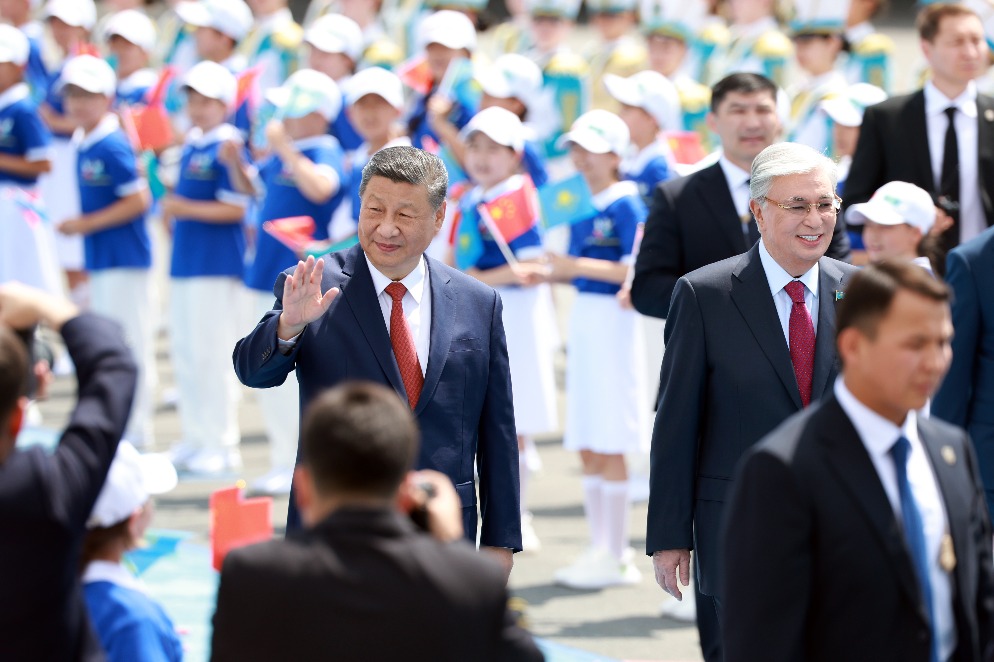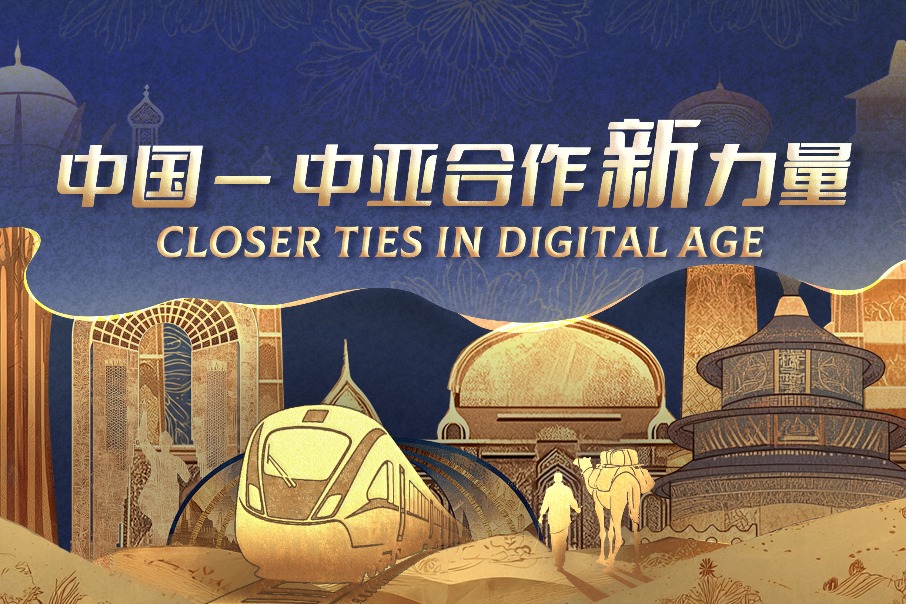Africa can realize industrialization with China's help

Should the continent look to Asian friend's 'regional' model and adapt this approach?
As a result of an emphasis on industrialization as the potential key driver of Africa's development at the Forum on China-Africa Cooperation (FOCAC) Johannesburg Summit in 2015, it has become a major area of focus for policymakers, implementers and thought leaders in Africa.
There is great hope that, in partnership with China, the African continent will finally realize its long-delayed industrial revolution. But the knotty question that Africans should ask themselves is this: Should the push for industrialization take a continental, regional or national trajectory?
While it is all fine for plans to be strategized and planned at the supra-continental level - as implied in the Agenda 2063 aspirations - the reality is that Africa's vastness and diversity is a bottleneck. Seamless implementation of industrialization projects is hampered by geographical, political, policy and legal variances from one country to another.

The alternative would be to implement industrial projects country-by-country. In other words, national industrial projects can be the building blocks for a continental industrial revolution.
This seemingly perfect remedy to grand African industrialization projects has its drawbacks. For instance, it is doubtful that industrialization projects would take off in countries beset by policy and political challenges unless nudged by others outside the continent. But many African countries are small by economic, geographic and population size, which reduces the appetite of international investors to invest in certain industrial projects in these countries.
Additionally, it is imponderable that some African countries would agree to wait for foreign investors, such as China, to implement industrial projects in other countries as they await their turn.
A two-pronged challenge emerges from the foregoing. On the one hand, rolling out cross-border industrialization projects is not feasible. On the other, national level industrial projects suffer from factors such as economies of scale. Therefore, a middle ground favoring a continent wide approach, mingled and melded with national strong points, is called for.
Fortunately, African countries are organized in regional blocs, which can serve as the midway strategy for attracting foreign investment in the industrial sector. The regional economic communities on the continent can be leveraged to overcome the problems associated with the binary of continental vastness and the narrowness of national perspectives. Indeed, many of the natural resources that form the base for Africa's industrialization cut across countries in specific regions - oil and gas in eastern and western Africa, and metals, such as copper, in southern Africa, for instance.
A recent case in point in using regional economic relationships as building blocks for industrialization was a topic at a policy seminar of the Southern Africa Development Community, with a view toward its collaboration with China. Held in Johannesburg in mid-April, the conference was hosted by the University of Johannesburg's Confucius Institute and the United Nations Economic Commission for Africa, in collaboration with Oxfam International's Africa-China Dialogue Platform based in Addis Ababa, Ethiopia.
The main objective of the seminar was to examine relations between China and southern Africa in the context of the SADC Industrialization Policy (2012), the SADC Industrialization Strategy and Roadmap (2015) and the Revised Regional Indicative Strategic Development Plan (2015-20). The seminar reflected on the background and trajectory of the relationship between China and the SADC's 15 member states in promoting industrialization in the region.
Of particular interest was the dimension of trade and investment exchanges in the industrialization plans. The seminar also explored how China can better support, promote and contribute to industrialization in southern Africa in line with China's commitments at the FOCAC 2015 and the G20 Summit, held in Hangzhou, China, in September.
Interestingly, the China-SADC industrialization dialogue has precedent. Tanzania and Zambia have benefitted from Chinese industrial investment since the 1960s. The Tazara railway was built to help Zambia's copper get to international markets. That the industrial investment across minerals and agriculture has performed below par, or summarily collapsed, should be a major consideration in charting region wide industrial plans.
The regional blocs' approaches to Africa's industrialization can also benefit from China's own industrialization experience. China is a vast country and indeed a subcontinent. If you visit eastern and southern China, you will see hundreds of factories humming along as they produce goods for world markets. These Chinese factories stand as living testimony to the foresight and political leadership of Chinese leaders.
Out of necessity, they prioritized eastern and southern provinces of the country as the pioneer industrial bases, understanding that attempting to industrialize the whole country at once would scatter resources too widely and end up in failure.
Can Africa study the Chinese "regional" model and adapt it to the African regional bloc-led approach to industrialization?
The author is a postdoctoral fellow at University of the Witwatersrand, South Africa. The views do not necessarily reflect those of China Daily.
(China Daily European Weekly 06/09/2017 page12)
Today's Top News
- DPP's restrictions sellout of island's interests
- Astana Summit forges strong bulwark against increasing global turbulence
- Xi meets Kazakh President Kassym-Jomart Tokayev
- Xi arrives in Astana for China-Central Asia Summit
- Xi leaves for 2nd China-Central Asia Summit
- China's retail sales grow 6.4% in May






























